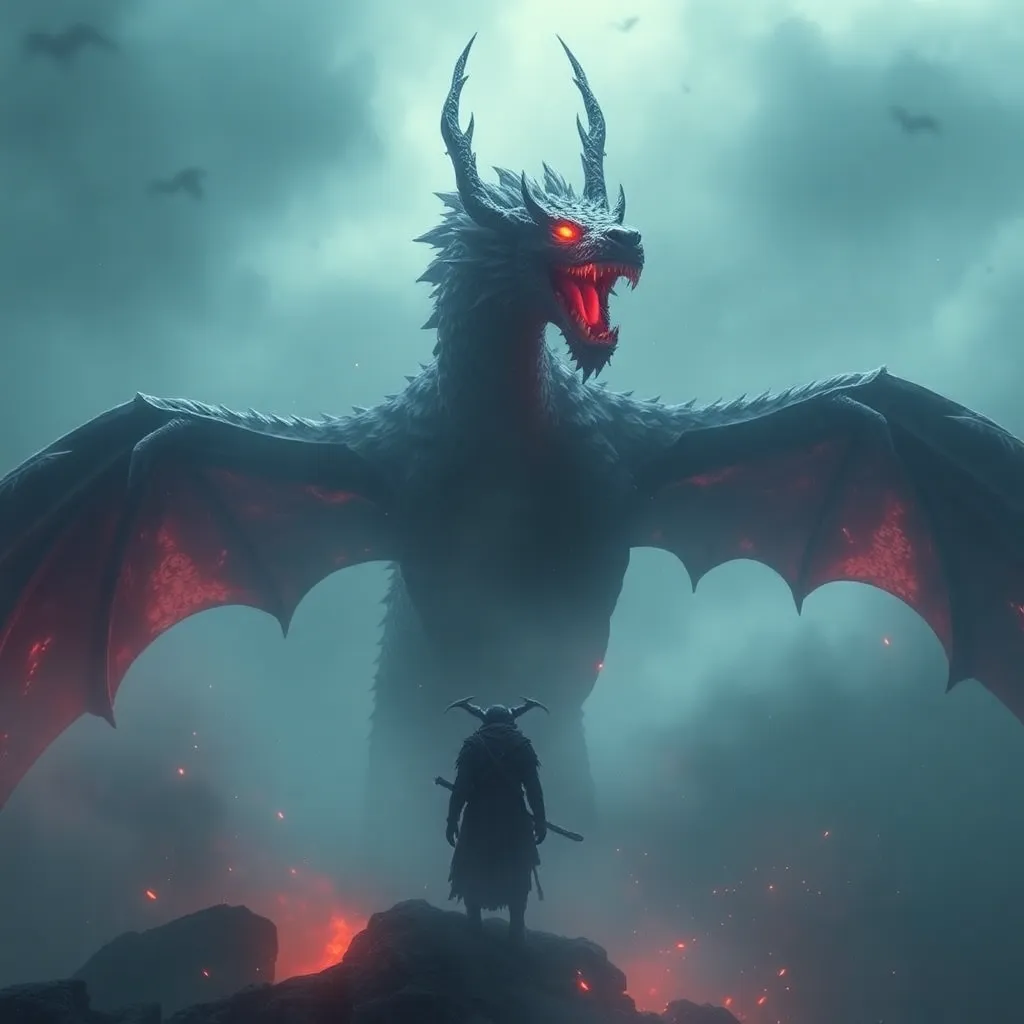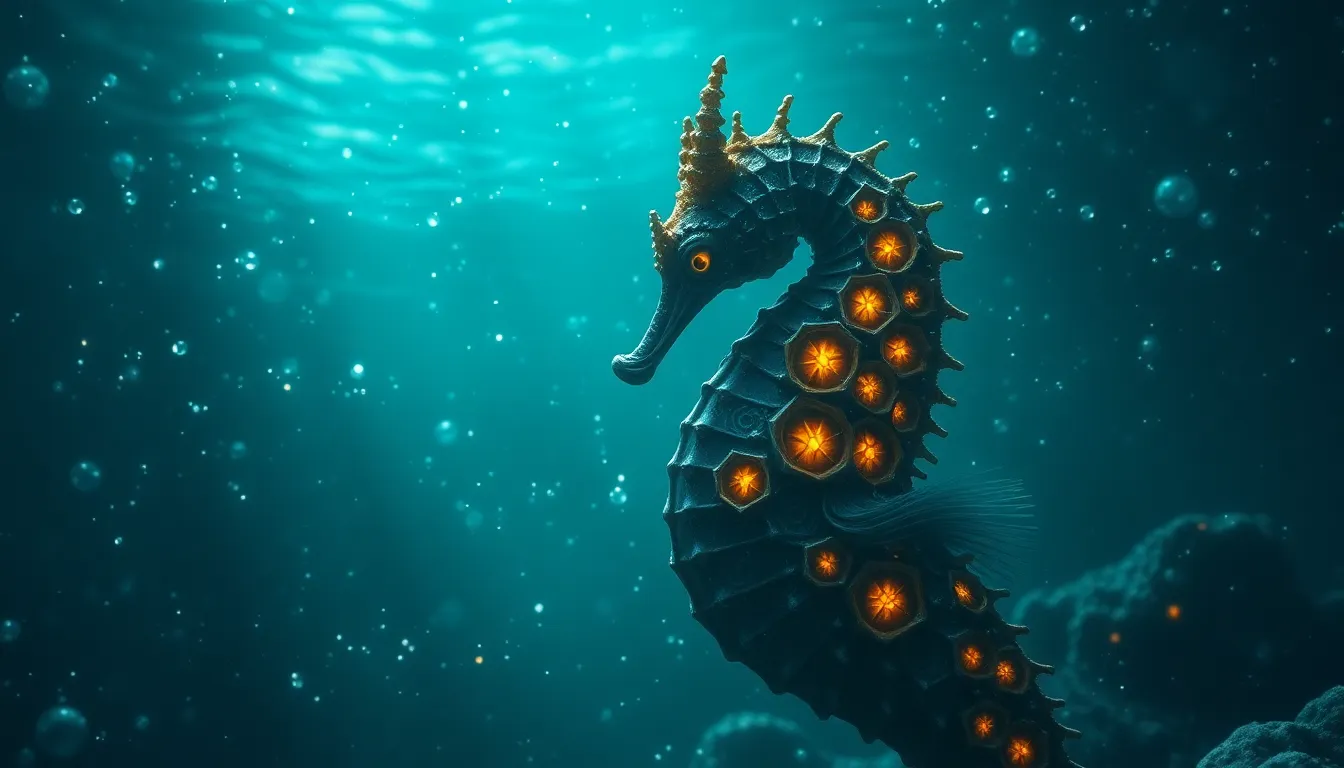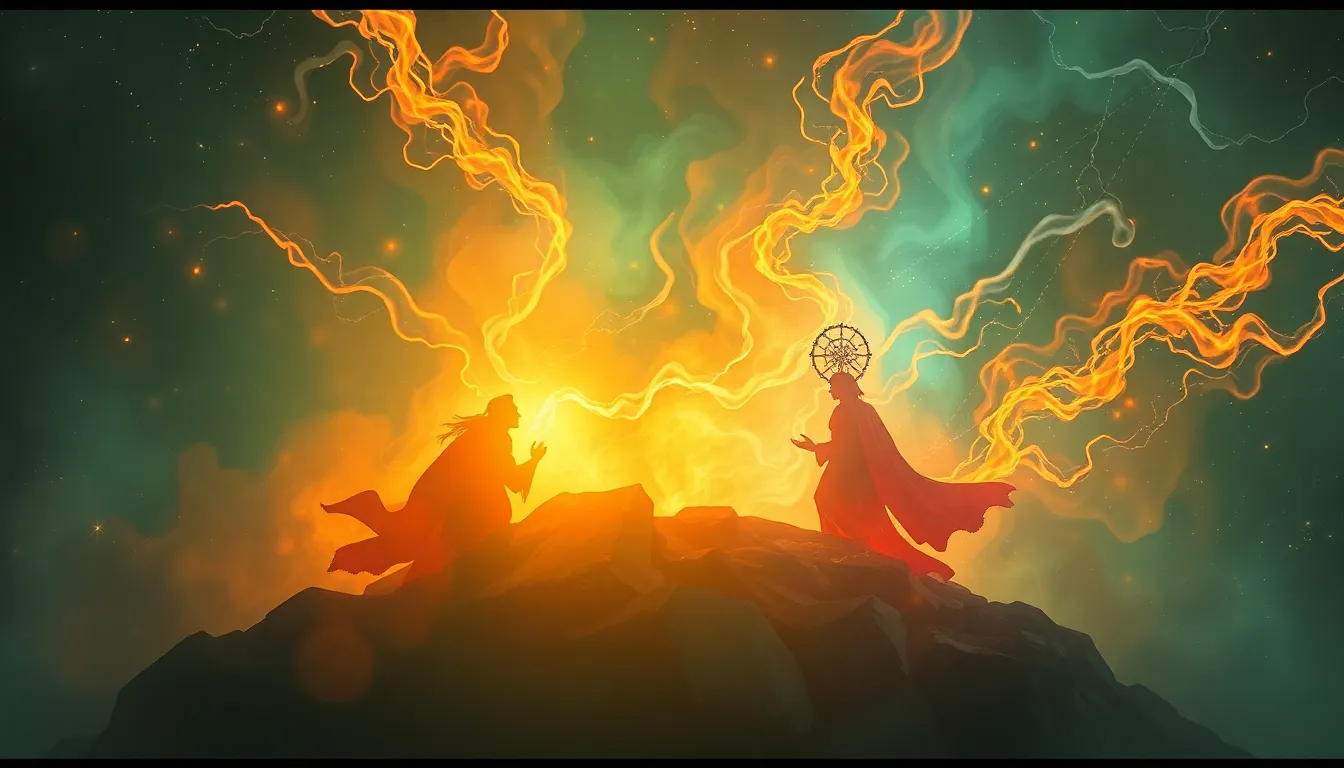The Dragon’s Legacy: Fafnir’s Impact on Modern Storytelling
I. Introduction
The myth of Fafnir, a central figure in Norse mythology, serves as a fascinating lens through which we can examine the broader role of dragons in global folklore and storytelling. Born a dwarf and transformed into a fearsome dragon due to his insatiable greed, Fafnir embodies themes that resonate through the ages. Dragons have captured the human imagination across cultures, symbolizing power, danger, and the moral complexities of greed and corruption. This article aims to analyze Fafnir’s enduring influence on contemporary narratives, exploring how ancient myths continue to shape modern storytelling.
II. The Myth of Fafnir: Origins and Evolution
Fafnir’s story originates from the rich tapestry of Norse mythology, primarily documented in texts such as the “Poetic Edda” and the “Prose Edda.” Initially a dwarf, Fafnir and his brother Regin came into possession of a cursed treasure. Overcome by greed, Fafnir transformed into a dragon to guard his hoard, thus marking his descent into moral decay and isolation.
Key elements of Fafnir’s myth include:
- His transformation from dwarf to dragon, symbolizing the corrupting nature of greed.
- The betrayal by Regin, illustrating themes of familial conflict and ambition.
- The eventual slaying of Fafnir by the hero Sigurd, representing the triumph of good over evil.
III. Fafnir as a Symbol: Themes of Greed and Corruption
At the heart of Fafnir’s myth lies a profound commentary on greed and its destructive consequences. Fafnir’s desire for wealth leads to his transformation and ultimately his demise, serving as a cautionary tale about the perils of allowing material desires to override moral judgment.
The dragon, as a symbol, often represents human flaws, particularly:
- Greed: Fafnir’s insatiable hunger for wealth blinds him to the consequences of his actions.
- Isolation: His transformation leads to a lonely existence, estranged from family and humanity.
- Corruption: The curse of the treasure highlights how wealth can corrupt even the noblest of intentions.
Modern storytelling continues to derive lessons from Fafnir’s tale, using it as a framework to explore the consequences of greed within various narratives.
IV. Fafnir in Literature: From Ancient Texts to Modern Retellings
Fafnir’s character has evolved through numerous adaptations in literature, from ancient texts to contemporary works. Notable examples include:
- The “Völsunga saga,” which preserves Fafnir’s myth in its original Norse context.
- Richard Wagner’s “Der Ring des Nibelungen,” where Fafnir’s story is reinterpreted within an operatic framework.
- Modern fantasy novels that draw on Fafnir’s archetype, such as those by J.R.R. Tolkien and George R.R. Martin.
A comparative analysis reveals that while Fafnir is often depicted as a malevolent force, various cultures have portrayed dragons with differing attributes, reflecting local values and beliefs. This versatility has influenced contemporary fantasy literature, inspiring authors to craft more complex dragon characters that resonate with readers.
V. The Dragon Archetype: Fafnir’s Legacy in Modern Media
The dragon archetype has significantly evolved in modern film and television, with Fafnir’s legacy evident in many iconic dragons today. For instance:
- Smaug from “The Hobbit” embodies Fafnir’s greed and cunning.
- Drogon from “Game of Thrones” represents a more nuanced understanding of dragons as protectors and companions.
These dragons often serve as complex characters rather than mere antagonists, reflecting a shift in narrative focus. As a result, modern narratives frequently explore themes of loyalty, sacrifice, and redemption through the lens of dragon characters.
VI. Interactive Media: Fafnir’s Impact on Video Games and Role-playing
Fafnir’s influence extends into interactive media, particularly in video games and role-playing games (RPGs). Notable representations include:
- “God of War,” where Fafnir appears as a dragon embodying greed and loss.
- “Skyrim,” featuring dragons that echo Fafnir’s themes of power and corruption.
In tabletop RPGs, dragons often serve as formidable foes or allies, with game mechanics that reflect their mythological roots. Players frequently confront moral dilemmas when interacting with dragon characters, echoing the themes present in Fafnir’s story. This integration of narrative and gameplay enhances the depth of player experiences.
VII. The Cultural Relevance of Dragons: Fafnir in a Global Context
Fafnir’s legacy can be compared to dragons in other cultures, such as:
- Chinese dragons, which symbolize wisdom and strength.
- Indian dragons, often depicted as guardians of treasures and knowledge.
These representations highlight universal themes across storytelling traditions, including the balance of power, the consequences of ambition, and the moral lessons imparted through dragon narratives. Fafnir’s story remains relevant today, particularly as it addresses contemporary issues such as environmental greed and the destructive nature of unchecked ambition.
VIII. Conclusion
Fafnir’s enduring legacy in storytelling underscores the profound impact of mythological figures on modern creativity. As narratives evolve, the themes encapsulated in Fafnir’s tale—greed, betrayal, and the moral complexities of power—continue to resonate. The future of dragon narratives promises to reflect contemporary cultural concerns, ensuring that the lessons of Fafnir remain vital in our understanding of storytelling. Ultimately, the exploration of mythological figures like Fafnir enriches our narratives, inviting reflection on the human condition and the complexities of our desires.



